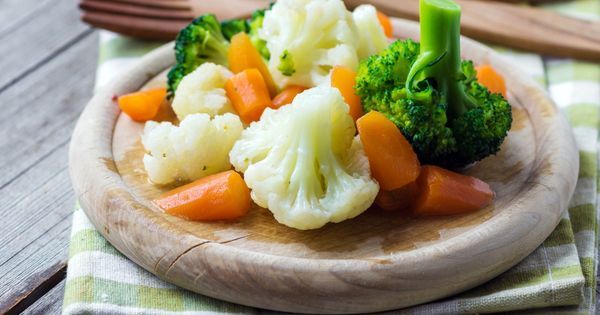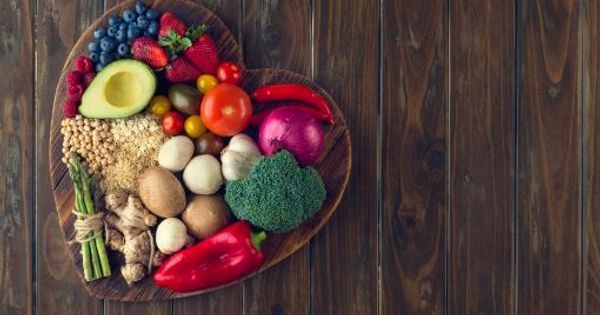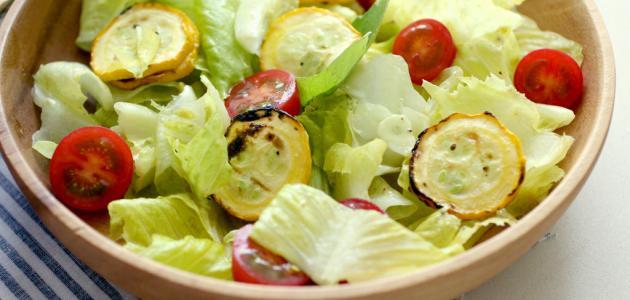The Scarsdale diet is a low-calorie diet developed by a cardiologist in the late 1970s. It promises a weight loss of at least 8 kg in just 14 days and falls under the category of so-called "low carb" diets.
What is the Scarsdale diet?
Residing in the town of Scarsdale, Dr. Herman Tarnower, an American cardiologist, had the opportunity to treat former prisoners of the Vietnam War. He then observed that those who had been interned in camps, and therefore had a very limited diet, were in better cardiovascular health than those soldiers who remained at the front.
As a result of this finding, he deduced that a sober diet was better for you ... so he developed the Scarsdale diet and revealed it in a book in 1978: "Scarsdale, the foolproof medical diet" (French title).
This method is part of the so-called "low-carb" diet, very low in calories. It focuses on the consumption of meat, fish, vegetables and allows starches, fats and sugar in very limited quantities.
How does the Scarsdale diet work?
By following the Scarsdale diet, the promise is: a loss of 8 kg in just 14 days. This is what Dr. Tarnower calls the "Two On" phase, that of the massive attack. It is followed by the "Two Off" phase: 14 days of maintenance to stabilize the lost weight. By significantly reducing the carbohydrates in the diet, a state of ketosis is set up after three days ... This reduces the feeling of hunger and helps to keep this very restrictive diet.
What can I eat?
Recommended foods
- Coffee ;
- Tea;
- Water (8 to 10 glasses per day preferably during meals so that the fibers consumed are densified in order to satiate the appetite);
- Lemon
- Vinegar
- Vegetables (especially carrots and celery) preferably raw
- Lean or defatted meats
- Fish
- Shells
- Shellfish
- Eggs
- Lean cheeses
- Fruits
- Spices
- Herbs
Prohibited foods
- Strong alcohols
- Sodas and other sugary drinks
- Fruit juice and nectar
- Oils
- Mayonnaise
- Butter or margarine
- Sugar (excluding low-calorie sweeteners)
- Potatoes and sweet potatoes
- Pasta
- Any food made from flour
- Starchy foods
- Fatty dairy products
- Jams with sugars
- Desserts in general (creams, rice pudding, pastries, etc.)
- The cereals
- Chocolate
- Delicatessen
Foods to eat in moderation
- Bread (2 slices per day maximum)
- Wine, 120ml per day maximum provided it is dry and sugar-free (in phase 2)
- Beer, 220ml per day maximum, preferably low in calories (in phase 2)
- Sweeteners
- The mustard.
Note: it is recommended to consume raw vegetables and fruits. For cooking, no fat is allowed, so it is better to use steam1.
Ease of following this diet
Cost
- This plan is accessible to all budgets
- We favor raw products, and especially seasonal, inexpensive
- It is forbidden to consume sweet or ultra-processed products which are generally quite expensive
- Regarding animal proteins, vary the meats and fish so as not to exceed your budget, and avoid certain cuts of beef or veal which are quite expensive.
Coaching effectiveness
- Depending on the individual, weight loss of up to 500g per day can be observed. This is mainly due to the diuretic effect of the Scarsdale diet the first week
- There is no restriction in terms of quantity, however, the person following this diet is asked to leave the table "while still feeling a little hungry"
- As part of this "low carb" diet, increasing the daily intake of protein and consuming other foods with a low glycemic index promote weight loss2.
Exercises
- It is recommended to have a physical activity of 30 minutes per day to burn at least 300 calories. It can simply be walking, cycling to work, or playing a sport such as badminton or dancing, for example.
Is this diet dangerous for health?
- According to a study conducted at Harvard University on more than 120,000 people, this type of diet increases the risk of death due to a cardiovascular problem by 14%
- Diets high in protein and low in sugars, such as the Scarsdale diet, have a negative impact on the good bacteria necessary for the body to function
- This type of diet also presents other major health risks such as the potential development of osteoporosis. The appearance of gallstones or kidney failure can also occur due to poor elimination of a metabolic waste called creatinine.
Are the contributions of this diet sufficient?
As the calorie intake is drastically lowered as part of the Scarsdale diet, there are many nutritional deficiencies. They focus mostly on calcium and essential fatty acids intake, This causes many side effects such as digestive disorders, general fatigue, mood disorders, exhaustion of the liver, and kidneys.
| Average diet intake | Nutritional Reference Value (NRV) - Female / Male | Proportion of NRV - Female / Male | |
| Energy intake | 700 kcal | 2000 kcal if sedentary, 3000 kcal if very active | Extremely low calorie |
| Lipids (fats -% AET) | 31% | 30 to 40% of calorie intake | - 17% |
| Fibers | 7 g | 25 g | - 72% |
| Iron | 5.9 mg | 16 mg / 9 mg | - 63% / - 34% |
| Calcium | 190 mg | 900 mg | - 79% |
| Magnesium | 145 mg | 360 mg / 420 mg | - 60% / - 65% |
| Sodium (salt) | 984 mg | 2522 mg / 3447 mg (INCA2) | - 61% / - 71% |
| Vitamin B9 | 148 µg | 300 µg / 330 µg | - 51% / - 55% |
| Vitamin C | 95.3 mg | 110 mg | - 13% |
| Vitamin D | 4.3 µg | 5 µg | - 14% |
Benefits of the SCARSDALE diet
- rapid Weight loss
- It is an easy method to follow because it is very precise and accessible. Breakfast is always the same, as for lunches and dinners, they can be established according to a large choice of recipes recorded in the books dedicated to this diet
- The short duration of the diet allows not to be demotivated.
Disadvantages of the SCARSDALE diet
- The Scarsdale diet exposes the yoyo effect. Nearly 80% of subjects who have followed this type of weight loss regain some of the weight lost at least 1 year after the diet
- It is very strict and does not allow any deviation, it is impossible to adapt your meals if you have to go to a restaurant or other
- It can generate great frustration because it allows very few "pleasure" foods
- It has harmful effects on health.
















